Session 1: A Virtual Symposium in Response to the Pandemic
“From Gathering to Transformation” – a weekly virtual gathering hosted by Fielding International – was conceived in response to the COVID-19 pandemic and quickly gained the support of a global education community. Students, educators, and community leaders rose from partnerships with Transcend, Education Reimagined, HundrED, Next Generation Learning Challenges, Open Way Learning, PBLWorks, Prichard Committee Student Voice Team, and Student Voice. In a short time, this movement has evolved to bring together 700 changemakers from ages 9-93, who represent various countries, ethnicities, backgrounds, and perspectives.
On May 21st, a panel wrapped up the series:
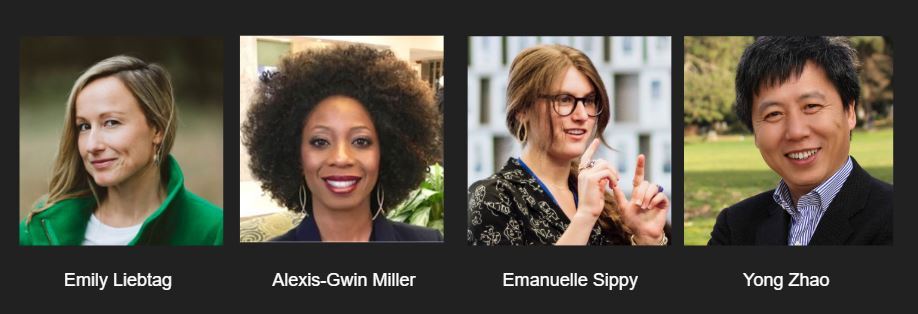
Final Event Timeline:
PART ONE: Celebrating what has emerged out of From Gathering to Transformation with Fielding Learning Designers: Nathan Strenge, Jill Ackers-Clayton, Mike Posthumus, and Curt Mould. (10 minutes)
PART TWO: Randy Fielding and Tony Simmons discuss how to create learning ecosystems for all learners to thrive. (7 minutes)
PART THREE: Panel discussion with Emily Liebtag, Alexis Gwin-Miller, Yong Zhao and two youth from Prichard Committee Student Voice Team. (33 minutes)
PART FOUR: Announcing three exciting initiatives that have arisen from this movement to go forward with action. (10 minutes)
Four Fielding International Learning Designers Interpret Initial Findings
Our weekly, virtual collaboration has explored how we can use this time to move towards learner-centered transformation. We have had the opportunity to host an array of powerful speakers, including Yong Zhao, Heidi Hayes Jacobs, Suzie Boss, Student Voice, Emily Liebtag, Tom Vander Ark, and Ewan McIntosh. The weekly keynotes are followed by two guiding questions which inform discussions in small breakout groups.
We are using what we uncover to catalyze a paradigm shift towards more equitable, meaningful, and learner-directed education that supports the health and wellbeing of individuals and communities. We have identified four prominent drivers of change in our key findings: Examining inequities exposed and redefining equity; the need for disruptive and distributive leadership; elevating student voice, health, and wellbeing; and establishing small action steps that lead to big transformation.
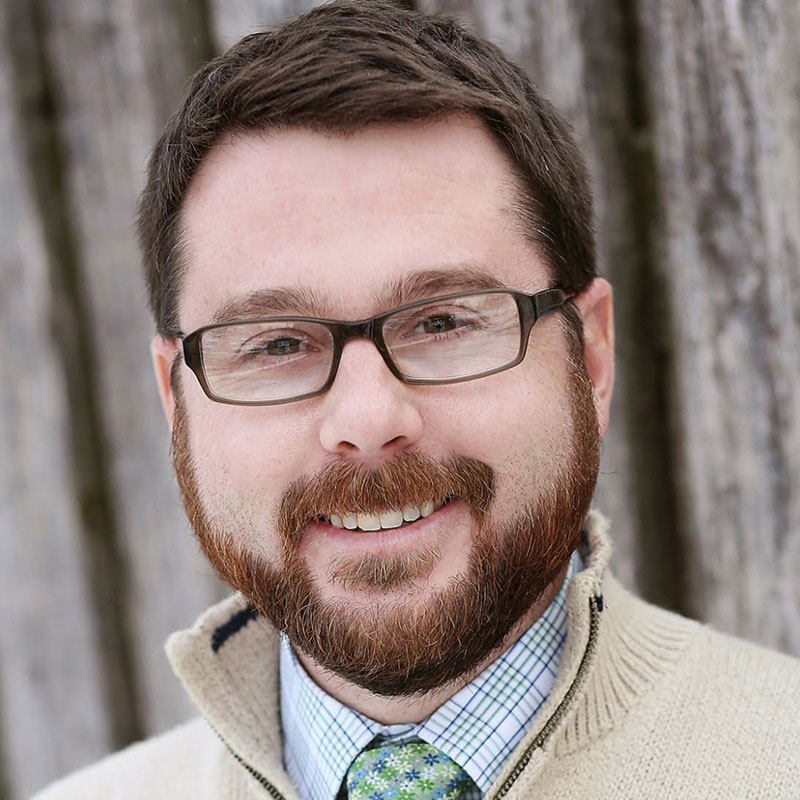
Synthesis – Curt Mould: Co-Creating Learning
One thing is certain, the unprecedented nature of the times highlighted what matters most to learners and learning. We learned and observed how organizations quickly jettisoned the restraints that served to interfere with learning. Our keynote presenters spent their time taking note of these collective, system-wide observations. Some highlighted take-aways from our keynote guests:
What matters most to learning:
- The wellbeing of the humans in the school ecosystem – both adult and child learning, and the entire community.
- The place(s) of learning and the integration of community assets into the learning experiences
- Equity of access in resources, materials, technology
Restraints to learning:
- Seat time as the indicator of learning
- School-bound learning holding all value
- Standardized pacing, assessments, and grades
As we gathered with the educators from around the world, another theme emerged – the adjective “co”. Quite simply, ‘co’ is added to indicate the action is done jointly; mutually. Co-create. Co-serve. Collaborate. Do the work – together. Inherent in authentic mutual work is the equity of voice of those involved in the development of ideas. We heard numerous calls to action from our keynote presenters to value, seek and include the voice of our learners, our teachers, our families, and our broad community in the design of the next generation of learning experiences. The Prichard Committee Student Voice Team provided examples of their own voices in action, with ideas for immediate incorporation into any school’s plan.
Doing the work together, valuing, honoring and including the voices are coincidentally the same practices necessary to improve the sense of belonging in the learning system. Soliciting feedback about where a learner “learns best”, infusing and promoting community-based learning and accommodating learning in those spaces improves individual and community wellbeing. Providing equitable access to materials, tech, and resources ensures that all learners have similar opportunities to engage in rich and robust learning experiences. At no other time have the priorities for learning and the action steps to make it a reality been more clearly aligned. The beauty of the future of our work is in the elegance (alignment) of its design.
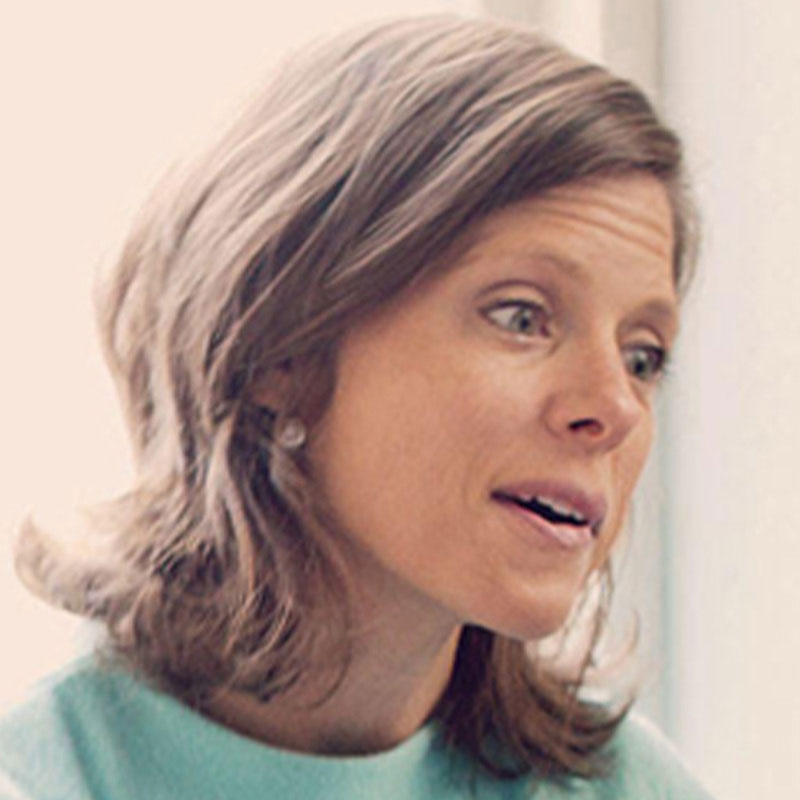
Synthesis – Jill Ackers: Unleash the Student Voice
For the first time in history, we are all sharing the same extraordinary, traumatic disruption and watching it play out daily in the media and online. Educators, organizations, universities, parents, students, and others are gathering and unifying to understand how this will impact learners now and long into their futures. Although some people argue that children are resilient and can quickly adapt, in reality, a significant disruption or trauma like this can cause children to feel insecure, promote detachment, and generate lingering anxiety. How might we leverage this extraordinary shared experience to prepare for the social and emotional gaps that many of our young people will inevitably face as we transition into a new reality?
From Gathering to Transformation has been a conduit for many to grapple with our current situation and build relationships around change. This shared experience challenges the notion of a traditional learning environment, the purpose of school, and what school provides for kids significantly beyond the intended curriculum. It is the right time to galvanize our communities to rethink and reassess the educational infrastructure. We need to intentionally focus on our youngest generations’ social and emotional well-being. Well-being includes relationships and the most essential resources because it is also about food, community, and other social services. Heidi Hayes-Jacobs advocated for us “to take the long view” when it comes to the infrastructures needed to support learners post Covid19. Yong Zhao reiterated that the system has not moved much, and we should not expect it to change if we only focus on the short-term outcomes without thinking about how they may hurt or impact long-term outcomes.
Can we work closely with a generation of learners to ensure they are part of reshaping a learner-centered approach in our education infrastructures? This question has been echoed back to us in the breakout sessions, the twitter feeds on #fg2t, and our connected networks are imploring us to genuinely listen to what kids and communities need most. Almost palpable is this sense of urgency to bring kids, students, learners into the fold and seat them at the head of the table. Suzie Boss cautioned us we have to listen. We have to include them, sitting with us, and listening to each other. The Student Voice and Prichard Committee Student Voice Team described how they are currently transforming learning environments. What can we learn from them and the other youth that are actively involved in similar pursuits. They reiterated that students must be embedded and not tokenized. Ewan McIntosh also encouraged us to listen because we are in a time of transition. We are in transit to build upon the best from today, to tap deep into our communities and to radiate the radical collaboration needed to make a monumental shift towards a learner-centered approach that includes well-being.
Emily Liebtag reminded us that out of this shared crisis rises the unique opportunity to unleash the potential for all learners to thrive. Thriving means our relationships with learners must fundamentally change to conceive new responsive ways to co-operate. Just as Yong Zhao said, “learning belongs to the learner”, so does their well-being and relationships. Those must be integrated into the learning that belongs to them. Trauma is always about what happened to a child and importantly about what did not happen for a child. Collectively, let’s make sure our small actions during and after this traumatic disruption are for all children’s holistic well-being, both now and long into the future.
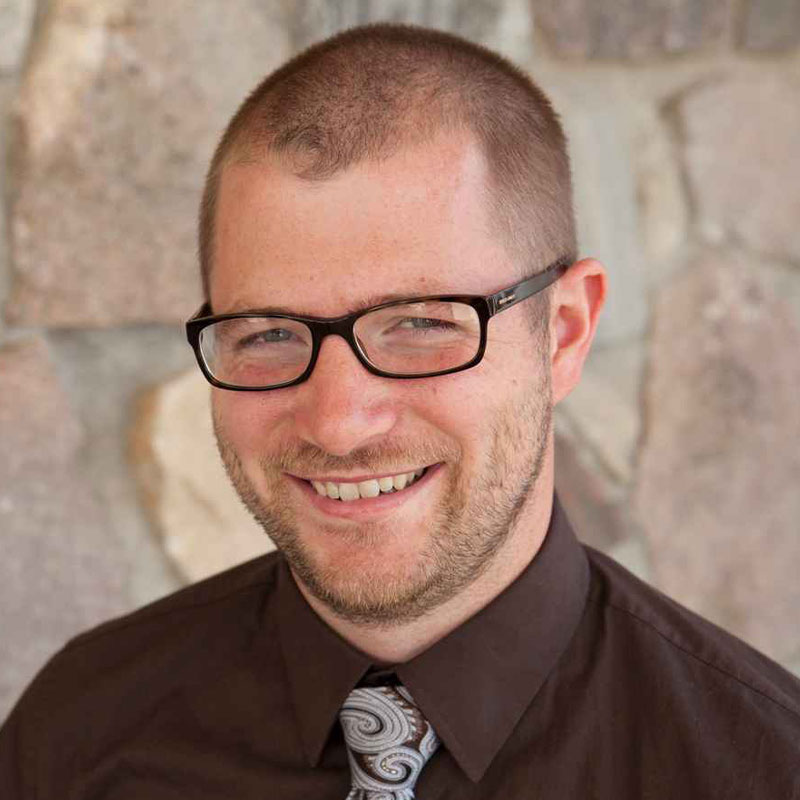
Synthesis – Mike Posthumus: Build Student Independence
According to recently published data from UNESCO over a half-billion learners across 56 countries were forced out of their familiar learning environments since the COVID-19 Pandemic began. This rapid disruption has brought the themes of school equity and access to the forefront of global educators’ collective conscience. In every Fielding International From Gathering to Transformation webinar, the theme of equity surfaced from presenters and participants and is clearly informing the direction and purpose-of-action for many as we all begin to reassess how schools work.
Educators have been forced to confront the fact that the same tools, environments, and people are not available to support the process of learning for every student at home. Families, caretakers, single working parents, and siblings are too often under equipped to help their students grow and develop the way schools can. Additionally, youth from less affluent backgrounds have additional barriers to distance learning such as limited Broadband access, no or shared devices, and difficult home learning environments. Nutrition, social-emotional support, mental health, physical health, and academic mentorship, many of the services a school provides a community, are some of the most stable pillars in some student’s lives. Now, too many young people have been tasked with creating their own conditions for personal development. While acknowledging these challenges, schools have launched academically focused online learning platforms and personalized learning technologies at a fevered pitch. District leaders have noted throughout our sessions that they believe elements of these systems and strategies are here to stay. To the dismay of many exhausted educators, students are more disengaged now than they were staring at a classroom wall or lecturer while copying notes from a screen. How can we expect the notion of an independent learner to miraculously drive their own future of instruction if schools have not provided the framework for students to practice agency and independence in meaningful ways?
If school leaders want to create an equitable learning environment, it is easy to suggest providing all learners tools like laptops, wireless access, and webcams so learning can extend to home. But these tools will be useless if we haven’t provided our students the skills to be curious about a new idea, the motivation to solve an interesting problem, and the trust and support to succeed and fail gracefully. There are many ways we can begin to bridge the equity gap in schools with technology, access to nutritious food, and human resources. The impact of COVID-19 is reminding us that helping students experience the joy, purpose, challenge, and impact of learning something that matters may be an equally compelling next step.
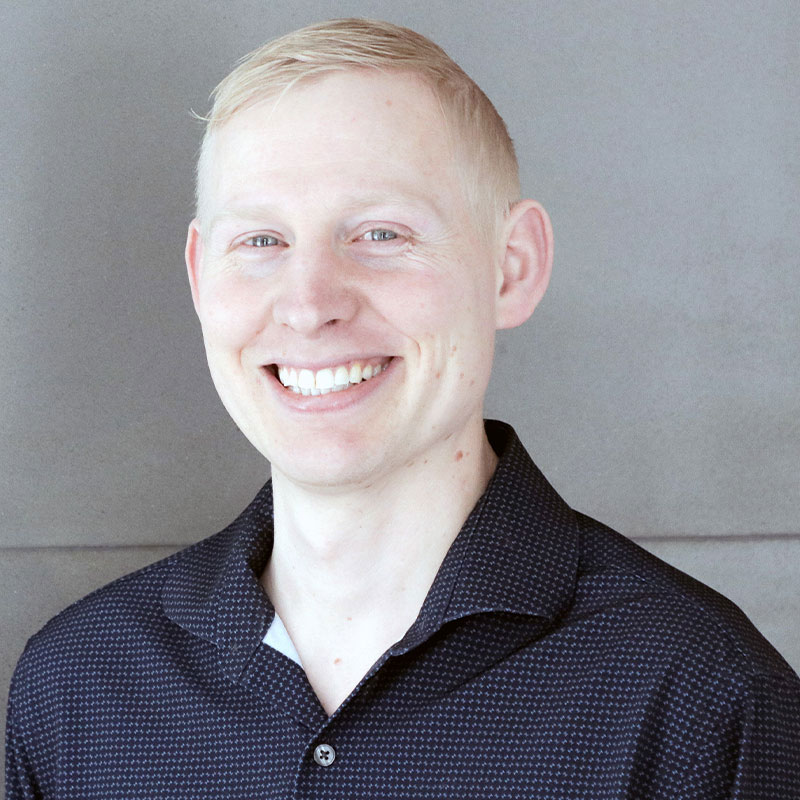
Synthesis – Nathan Strenge: Transform Learning in Your Locale
If there’s one common question that threaded through all of the gatherings, it’s how to move towards action? It’s clear that simply talking to each other won’t create the kind of scalable and sustainable learner-centered transformation we desire. While the gatherings have connected networks, spread ideas, and cultivated deeper understanding of how we can collaborate, it’s readily understood that action (especially local action) drives transformation. The actions we can collectively take, as several of our or keynote speakers spoke of, start moving us from why to how. Suzie Boss and Ewan McIntosh both spoke of informal community gatherings that get parents and students ideating about the purpose of learning, over breakfast! Yong Zhao and Emily Liebtag both highlighted the importance that ALL of us are change-makers and we ALL have a role to play to create an equitable education system that gives ALL young people opportunities to thrive. This point was strengthened by youth leaders from Student Voice and Prichard Committee Student Voice Team who designed and delivered a powerful session on April 23; these students spoke passionately and eloquently about the urgent need for young people to be authentic partners to reimagine education, “recognizing and acting upon the fact that students are the primary stakeholders of our education and should be partners in shaping it.”
So how do we act about this calling to create a future of education that truly gives young people agency, ownership, and a seat at the design table? We start by transforming ourselves. We open up to the idea that students and parents are legitimate thought partners. We get involved in grassroots movements like Just Ask Us that amplifies the voice of youth and families from a broad spectrum of demographics. We invite friends and families to see documentaries like High School 9-1-1 that will be screened at the first annual This is Our Chance Film Festival in July. We show up to radical collaboration opportunities like A New Way Forward Summit. We listen to the deep library of podcast episodes from Getting Smart, tapping into the beautiful mind of Tom Vander Ark, because we know there’s always more to learn. While we bring our full selves to the moment, we also share opportunities to act with friends, family, and colleagues. There’s no one action that we all can take that’s going to lead to transformation.
Fielding International (formerly known as Fielding Nair International) is an award-winning international education design firm.


